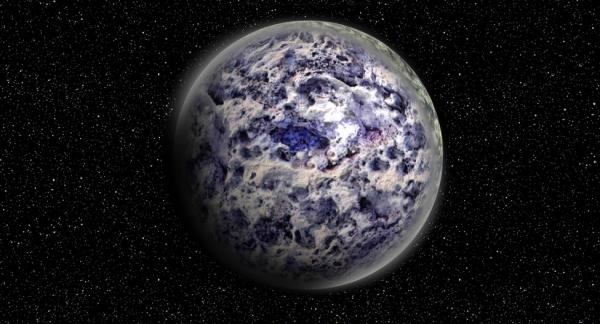BY LETTER
Steelcliff
Galactography > Sephirotic Empires > Negentropy Alliance
Galactography > Regions of Space > Outer Volumes
Galactography > Systems and Worlds > Systems & Worlds S - T
Science > Sophontology > Xenology
Sophonts > Xenosophonts
Galactography > Regions of Space > Outer Volumes
Galactography > Systems and Worlds > Systems & Worlds S - T
Science > Sophontology > Xenology
Sophonts > Xenosophonts
Alien world with a deep hot processing biosphere |
 Image from Steve Bowers |
| System | Star YTS 6709-4410 A + B, Cook Type K3V Mass 0.4 x Sol Distance from Sol 3246 ly Reached 7852 AT Planet Steelcliff Type AquaTohulian (Pelagic Thermal) Mass 1.2 x Earth Radius 6660 km Gravity 1.1 x Earth |
|---|
Steelcliff is an isolated world towards galactic anti-spinward in what was then the Negentropy Alliance Outer Volumes. A series of specialised transapient-level contact specialists have studied this world for nearly three millenia, and have made limited contact with the entity or entities within.
Steelcliff appears to be running an unusual form of alien virtual reality environment, and certainly has sufficient computing resources to run many billions of entities. However the boundaries between each entity appear to be ill-defined, and they may possibly all be aspects of the singular planetary mind. This virtual environment seems to have been put into place at least forty million years ago, although the planetary mind does not seem to have clear records of its creation.
Other examples of xenosophont planets with a global consciousness in a biological substrate include Whisper, Clive's Brain and Kammerer. Despite their superficial similarities, these worlds appear to have very different origins, so global consciousness appears to represent a form of attractor state or convergent evolution.
On the other hand, some observers note that many of these worlds are relatively close to the so-called Low Emission Zone to antispinward, and they suggest that some, or many, of these worlds may have their origin within that zone.
Related Articles
Appears in Topics
Development Notes
Text by Tony Jones
Additional material by Steve Bowers
Initially published on 21 July 2003.
Additional material by Steve Bowers
Initially published on 21 July 2003.






